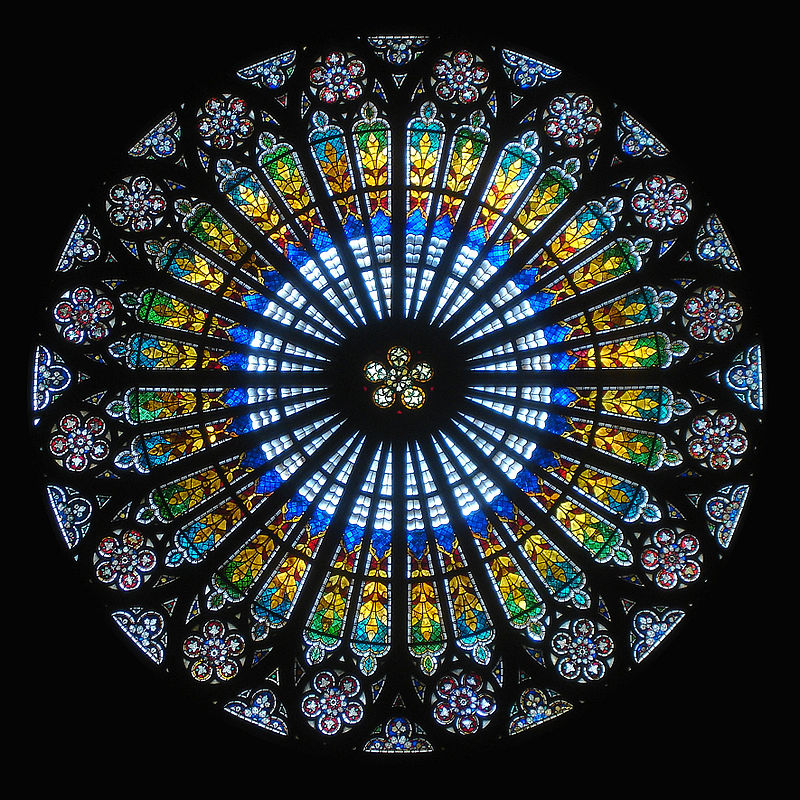
LIFE AS MYTH
![]()
JOURNAL
![]()
JOURNAL 2009
![]()
A feminine myth
Creating a new myth
![]()
WINTER 2009
Mythology of self
![]()
LIFEWORKS
![]()
ATLAS
![]()

WINTER 2009
THE MANDALA
The mandala describes balance. This is so whatever the pictorial form.
Stephen Gardiner [1922-2007] architectAnd it came to pass ... when I was 42 years and 7 months old, that the heavens were opened and a blinding light of exceptional brilliance flowed through my entire brain. And so it kindled my whole heart and breast like a flame, not burning but warming. . . and suddenly I understood the meaning of expositions of the books.
Hildegard of Bingen (1098 - 1179) mystic, abbess, composer, writer, polymath, recounting a vision from 1141The "squaring of the circle" is one of the many archetypal motifs which form the basic patterns of our dreams and fantasies. But it is distinguished by the fact that it is one of the most important of them from the functional point of view. Indeed, it could even be called the archetype of wholeness.
C. G. Jung (1875-1961) Swiss psychiatrist, , founder of analytic psychologyMandala, a Sanskrit word meaning having essence or completion, is a circular design radiating from a central point. Its origins are in the spiritual practice of Hinduism and Buddhism.
When I began drawing the mandalas, . . . I saw that everything, all the paths I had been following, all the steps I had taken, were leading back to a single point - namely, to the mid-point. It became increasingly plain to me that the mandala is the center. It is the exponent of all paths. It is the path to the center, to individuation.
C. G. Jung (1875-1961) Swiss psychiatrist, founder of analytic psychologyThe rose window at Strasbourg Cathedral.
Mandala, Usher 2013.

